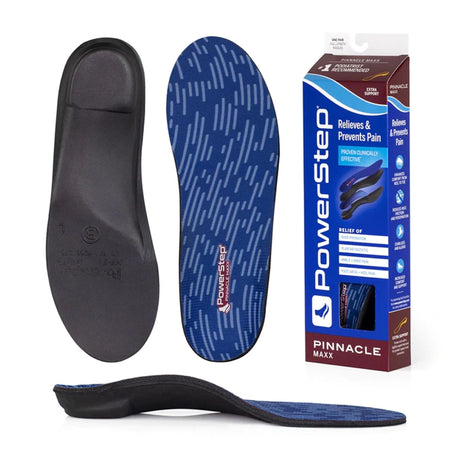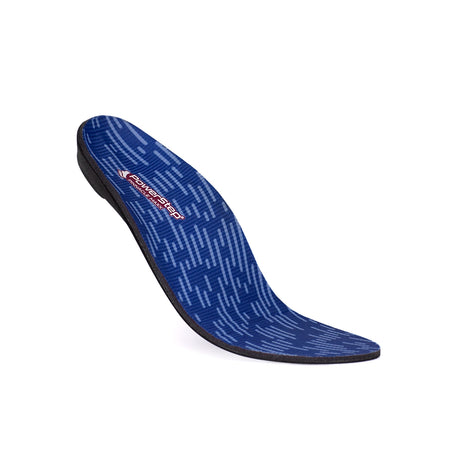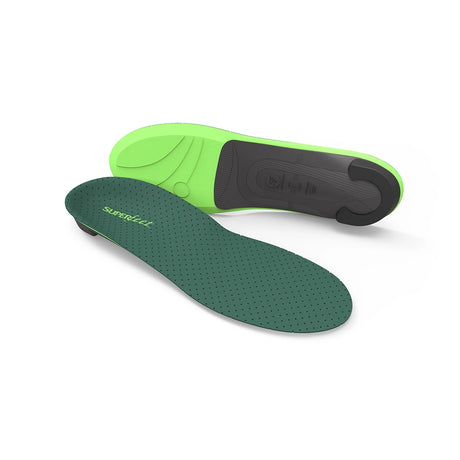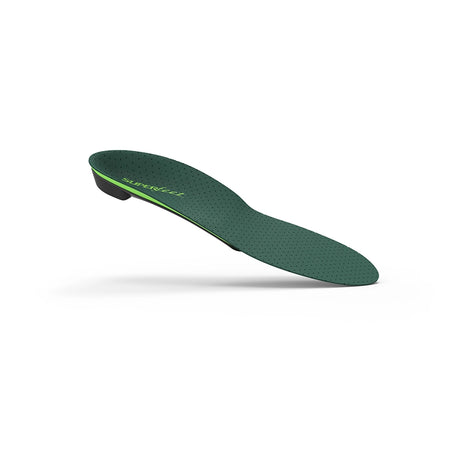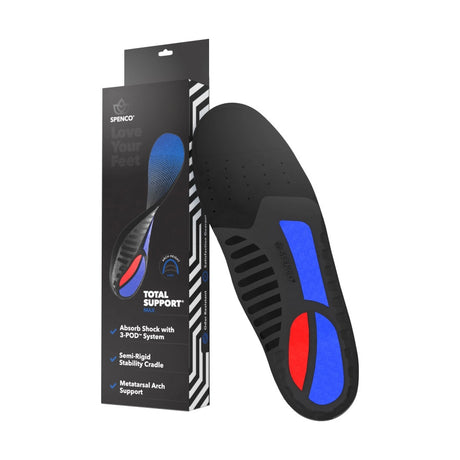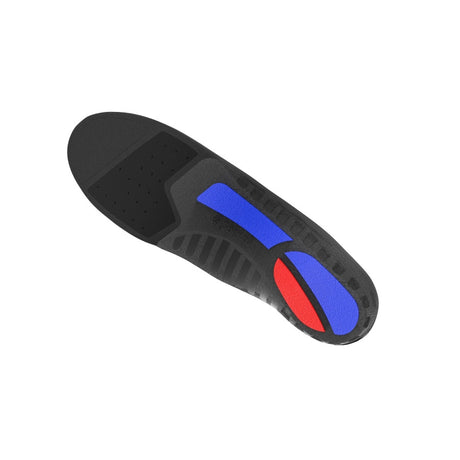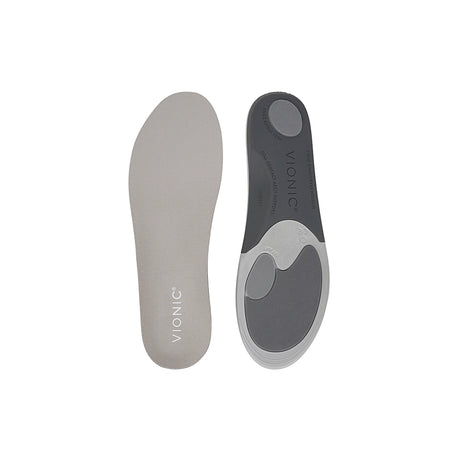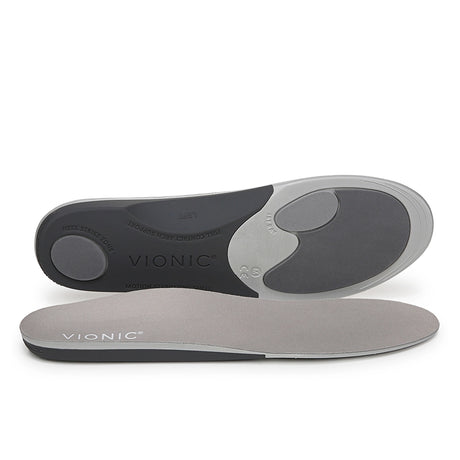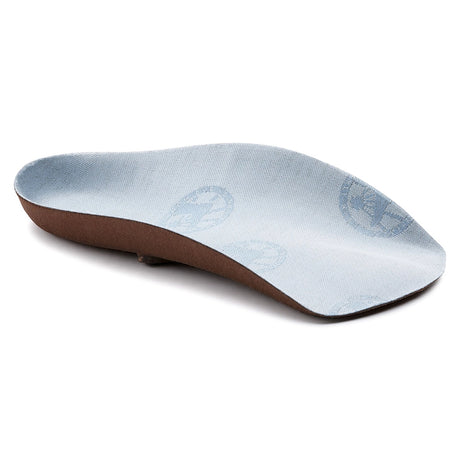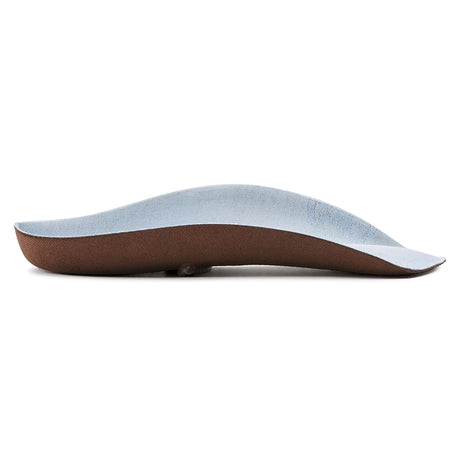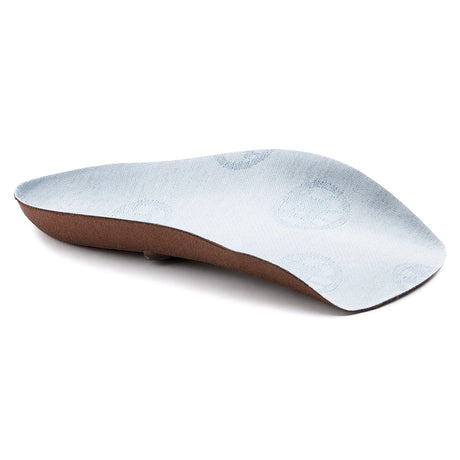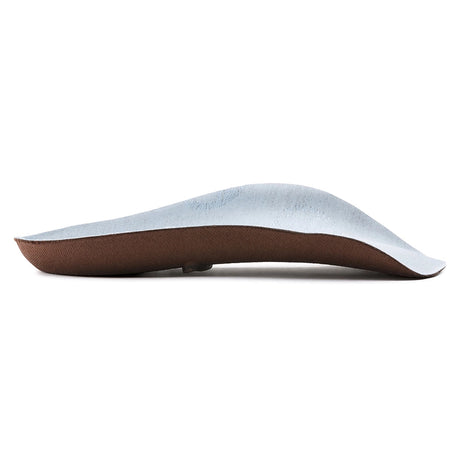Over-Pronation
You're currently browsing our entire selection of products suitable for Over-Pronation. Use the product filters below to narrow your selection, or contact us if you have any questions or for a recommendation. Thank you for shopping with us!
Shop for:
Best for Over-Pronation
Why do you recommend these items?
Why do you recommend these items?
We choose our product recommendations based on a combination of our own usage & opinion of the products, product design & product features, conversations we've had with our customers regarding their product usage & experience, and collective customer product feedback & reviews.
Looking for something different?
Looking for something different?
General recommendations aren't always a one-size-fits-all solution, and we understand that! Our team is more than happy to provide a customized recommendation for you. Simply contact us and give us some information about what you're looking for and we'd be happy to assist!
What is over-pronation?
When a person walks, their foot naturally rotates around the heel and angle so that the foot "rotates inwards" somewhat with each step. If you were to look at this step-by-step:
- Your foot would first strike the ground and the heel, with the forefoot raised.
- As your forefoot is lowered, the outside edge of your foot would strike the ground second.
- As your forefoot strikes the ground, the inside edge of your foot flattens slightly, and your foot rotates inwards a bit.
This process is known as "pronation," and it is the natural movement of a foot during walking or running.
However, sometimes your foot may rotate and turn inwards too much. The result being that after step 2 in the outline above, instead of your foot flattening such that you're putting equal pressure on the inside and outside of your foot, you instead are putting pressure predominantly on the insides of your feet.
In a nutshell, that's all overpronation is, really: The excessive inwards rolling of your heel and ankle during normal movement that causes you to walk predominantly on the inside edges of your feet.

What causes over-pronation?
Over-pronation can occur as the result of a large number of reasons. However, we'll outline a few of the most common causes of over-pronation:
- Those with flat feet and fallen arches are particularly prone to overpronating, as the foot tends to collapse "inwards" with each step.
- Those with extremely flexible muscles, especially throughout the midfoot, tend to overpronate, as the natural arch "bridge" that the muscles of the foot typically create to support the foot is generally looser in such individuals.
- Tired and/or weakened muscles in the foot can lead to overpronation, for similar reasons as above: The natural arch bridge tends to be weaker and flatten easier. This could be the result of having insufficient foot support, putting a lot of strain on the feet throughout the day, and/or performing work or activities that naturally tire the foot muscles.
- Those with wide feet tend to overpronate more often than those with medium- or narrow-width feet.
- Genetics and bone structure can play a part, too, as your natural foot alignment may predispose you to overpronation.
What does over-pronation do to me?
For starters, overpronation places a lot of excess strain on your feet, especially the inside edges of them. When your foot pronates normally, your weight is distributed from left to right much more equally, meaning that no one particular area of the foot bears the full brunt of the pressure you place on your feet. However, when you over-pronate, all of that weight and pressure is placed on the inner edge of the foot. Over time, you'll find that the insides of your feet become extremely tender, sore, and/or painful whenever you stand or walk.
Over-pronation can also lead to further injury. The excessive turning inwards of the heel and ankle as you walk can lead to instability that can result in ankle pain or even a sprained ankle. This is even more likely when walking on uneven surfaces, such as outdoors environments, where uneven ground can amplify ankle roll and instability. Additionally, the excess strain that the arch of your foot bears when it over-flattens due to overpronation can lead to additional injury to the plantar fascia tendon and other muscles that run through the midfoot.
Lastly, those who overpronate tend to wear out their footwear much faster than those who do not. Because the majority of the weight and pressure on your feet is being placed on their inner edges, the inside portions of your shoe's soles and your shoe's insoles tend to wear out faster than the outside portions. This not only means that you'll need to replace your shoes and insoles more often, but it also means that your overpronation will become worse the longer you continue to have this uneven wear; as the outside edges of your shoes and insoles wear down, your foot will naturally roll to the outside even more.
How do we prevent over-pronation?
To prevent over-pronation, we want an arch support insole that will stabilize the heel and ankle, support the arch of the foot, and ensure that the foot makes a natural "pronation" motion without becoming over-pronation. By cupping the heel of the foot and the base of the foot arch, and by providing a raised arch support, an orthotic insole "guides" the foot into a natural motion that is fully supported from the heel all the way through the forefoot. It's not simply "wedging" the inside of the foot upwards; rather, the combination of heel cup and arch support help the foot to pronate naturally while maintaining full foot support during the motion. This support will naturally help to reduce or completely eliminate over-pronation.
Does over-pronation ever simply go away?
The short answer is simply: It might. It really depends on the root cause of your overpronation.
If you find that your feet are often sore, tired, or weak at the end of the day, doing simple daily exercises to strengthen the foot muscles may aid in both preventing overpronation and reducing your foot fatigue. Keeping the foot supported to help alleviate excess strain on the foot is still a good idea, though.
For those with fallen arches, flat feet, wide feet, or who otherwise overpronate due to genetics or bone structure, overpronation may not simply "go away." Rather, the use of good foot supports will likely be all you need to lessen or eliminate your overpronation. Remember, though: Arch supports will help prevent a variety of common foot conditions aside from overpronation, so they're a good idea regardless!

